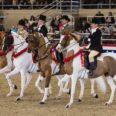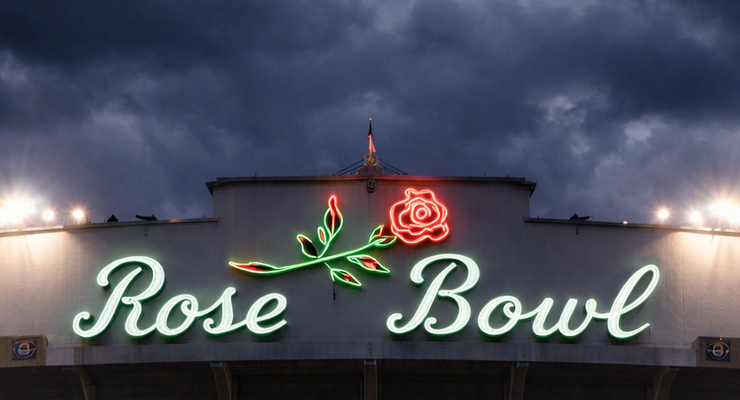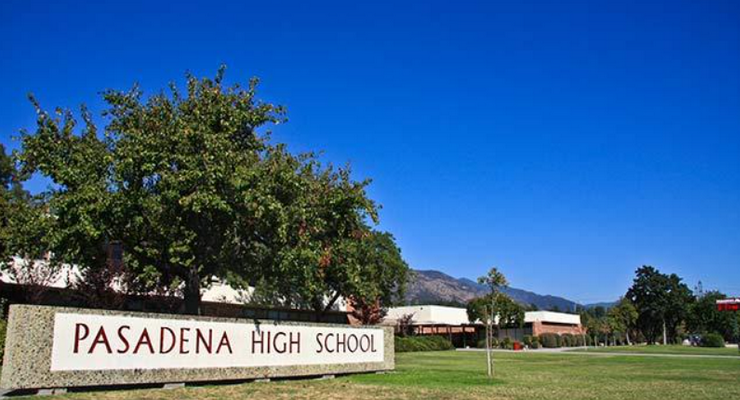Caltech announced Friday it plans to build a new quantum science and technology center that will bring together researchers in three fields that progress hand in hand: quantum sensing, quantum information, and gravitational-wave detection—the direct observation of ripples in spacetime.
Researchers at the new Dr. Allen and Charlotte Ginsburg Center for Quantum Precision Measurement are expected to develop tools and concepts with the potential to influence all areas of science and technology through unprecedented sensing, measurement, and engineering capabilities.
The fulcrum of a major initiative in quantum science and technology, the center will unite a diverse community of theorists and experimentalists devoted to understanding quantum systems and their potential uses
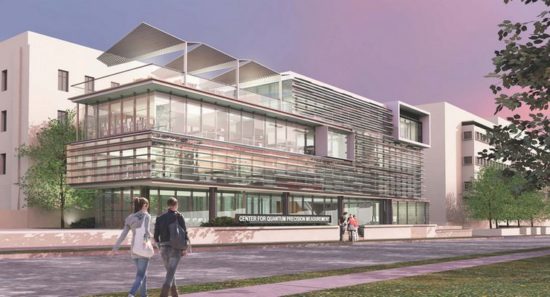
The new center will offer a unique opportunity for collaborations which could lead to scientific breakthroughs.
“Quantum Science should be altogether. Of course, we belong to physics. We belong to engineering. We belong to math or even chemistry. But we’re all studying the same system. That’s the hope, I think. It’s co-location together with interaction spaces and high-quality lab space in the same building and directly connected to it. We don’t have that,” Chen said. “And it’s really important to us.”
The center will be housed in a six-story building to be constructed thanks in part to a generous donation by Dr. Allen and Charlotte Ginsburg to name the facility. The new building, fully funded by philanthropy, will bring architectural innovation to a historic campus entrance on California Boulevard.
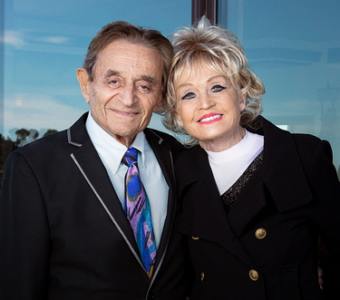
The building will feature four floors of airy interaction spaces and offices, amounting to more than 47,000 gross square feet, built atop two floors of state-of-the-art underground laboratories that were recently made possible by a major grant from the Sherman Fairchild Foundation. The building concept includes a glass design and attractive external elements evoking quantum discovery.
“I think the researchers will love it,” says Charlotte Ginsburg, who has honed her eye for design over years of involvement with performing arts organizations. “It will be light. There will be open areas for labs and a lot of spaces where the students and professors can get together.”
To maximize collaboration, the center also will feature passageways to three adjacent buildings: the Ronald and Maxine Linde Hall of Mathematics and Physics, the W. K. Kellogg Laboratory, and the Downs and Lauritsen laboratories of physics, home to the Walter Burke Institute for Theoretical Physics.
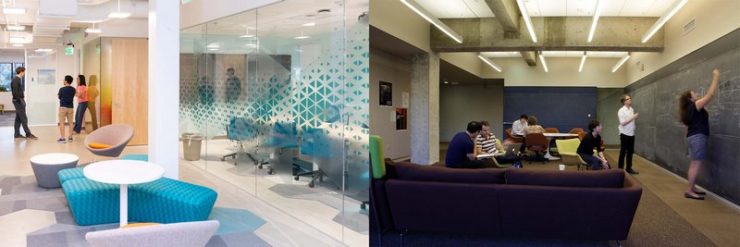
To illustrate, Dr. Ginsburg, a retired ophthalmologist, describes the surprising gains he and colleagues made by taking time to exchange visits with other specialists: orthopedic surgeons and neurosurgeons.
“We saw tools and techniques that they were using that were second nature to them but that we didn’t realize existed,” he says. “And we were able to amalgamate them into our repertoire. Wherever you have interdisciplinary communication, it is very, very exciting. Because great things come out of it when people share.”
The Ginsburgs, who live near Long Beach, began exploring a partnership with Caltech in spring 2020. This is their first gift to the Institute. The causes they support range widely, encompassing the performing arts, science, medicine, and conservation. They have supported cutting-edge research efforts at several local universities. Whether giving to the ballet, the Aquarium of the Pacific, the Long Beach Symphony, or a research institution, the Ginsburgs applaud people striving for excellence.
“We are so grateful to Allen and Charlotte Ginsburg. Their lead gift allows us to realize our goal to unite the community pursuing new quantum strategies,” says Fiona Harrison, Caltech’s Harold A. Rosen Professor of Physics and the Kent and Joyce Kresa Leadership Chair of the Division of Physics, Mathematics and Astronomy. “The new building will be the home of extraordinary ideas that provide pathbreaking new directions for scientific discovery.”
Initially intrigued by Caltech’s integration with JPL, the Ginsburgs recently began visiting campus to tour laboratories and meet with faculty, students and campus leadership.
“We love the campus, the architecture, the trees, the surrounding neighborhoods,” Charlotte says. “It’s beautiful. We love the history, too.”
Allen Ginsburg often thinks about how the future will unfold, and he foresees the promise of quantum devices. One day, he speculates, quantum instruments will image the tiniest components of cells in detail, quantum computers will expand our knowledge, and novel instruments for telescopes and gravitational-wave detectors will reveal the secrets of Earth-like exoplanets, black holes, and other galaxies.
“I think there are a lot of things that Caltech and JPL are doing that are in the interest of the planet, and it’s very exciting to be involved,” Allen says. “We’re enchanted with Caltech. I was able to talk to people who do research at Caltech, and we made a fantastic connection.”




